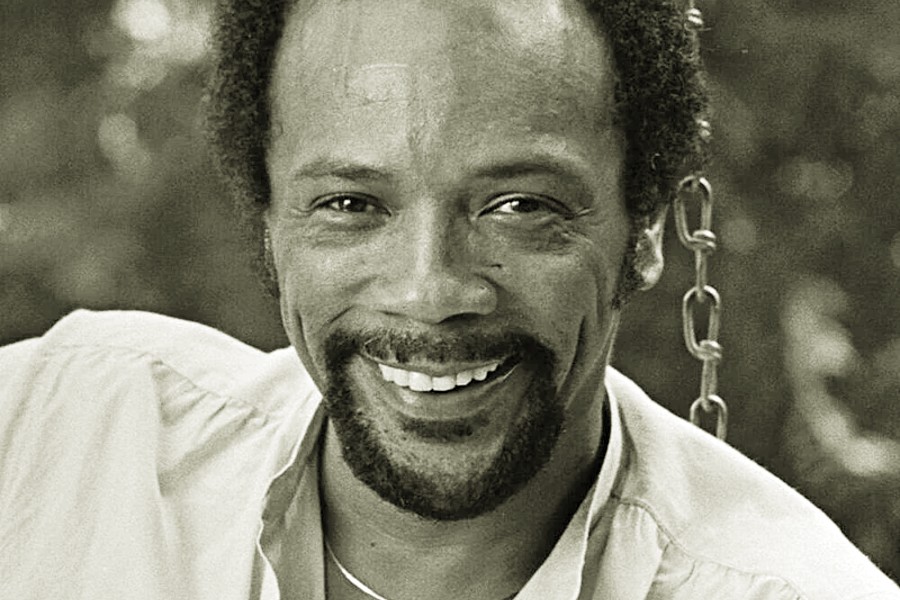
Are you aiming to deepen your knowledge of artistic movements but unsure which program to choose? What makes an art history stand out?
Let’s examine the crucial elements to take into account while choosing a course of study that will provide a rewarding educational experience.
Course Content and Scope
When choosing an art history course, it’s crucial to assess the range of topics covered. The most valuable programs provide a comprehensive look at various periods and movements, spanning from ancient civilizations to contemporary developments. By offering a well-rounded curriculum, students gain insight into how creative expression has evolved over time.
A strong course also covers diverse regions and cultural contexts, helping learners appreciate the global impact of visual art. Understanding the cultural, social, and political factors behind different styles enriches comprehension and adds depth to one’s appreciation of each piece.
Teaching Methods and Style
The approach taken by the instructor can significantly affect how well students engage with the material. Some programs rely heavily on lectures, while others include interactive discussions, multimedia presentations, or even virtual tours of galleries. A well-balanced combination of these techniques usually results in a more interesting and productive learning environment.
Visual learners may benefit from programs that emphasize detailed image analysis. Meanwhile, those who enjoy debates might prefer a course that encourages conversation about the meanings and historical contexts behind famous works. It’s helpful to explore the teaching strategies to ensure they align with individual learning preferences.
Instructor Expertise and Background
The quality of the learning process is greatly influenced by the instructor’s experience. A knowledgeable instructor with both academic credentials and practical experience in the art world brings valuable insights to the subject.
Before enrolling, it’s wise to review the instructor’s qualifications. Many platforms or institutions provide details about their professional background or even introductory videos. Selecting a course led by someone with expertise in your area of interest can greatly enhance your understanding of the material.
Flexibility and Course Structure
A well-structured course offers flexibility, particularly for those balancing other commitments. Many online programs allow learners to work through pre-recorded lectures at their own pace, which can be ideal for students with busy schedules. This flexibility ensures that students can absorb the material without feeling rushed.
Some programs are more self-paced, while others require adherence to specific deadlines. Finding a course that offers the ideal ratio of structure to flexibility is crucial, depending on your learning style and lifestyle. Understanding the course timeline beforehand can help manage expectations and ensure success.
Practical Elements for Skill Development
A top-tier course should not only provide theoretical knowledge but also include practical elements. Applying what’s learned through interactive exercises or assignments can deepen comprehension.
Consider programs that offer:
- Analysis of historical artwork
- Virtual or real museum visits
- Critical writing assignments
- Presentations focusing on specific works
These activities help learners actively engage with the material and build critical skills in analyzing visual arts. The inclusion of practical components can transform a course into a more dynamic and rewarding experience.
Course Reviews and Student Feedback
Reading reviews from former students is invaluable for gaining insight into the quality of a course. Testimonials often highlight both the strengths and weaknesses of a program, offering a clearer view of what to expect. Feedback regarding the instructor, course material, and overall value can help you make an informed choice.
Reviews may also provide insight into whether a course is suited for beginners or those with more advanced knowledge. Checking ratings and reading about past student experiences can guide your decision-making process.
Certification and Future Learning Opportunities
For individuals seeking career advancement, it’s important to choose a course that offers certification upon completion. Many online courses provide certificates, which can be a valuable addition to a resume or professional portfolio. It’s worth confirming whether the course is accredited or recognized by reputable institutions.
Additionally, some programs offer further learning opportunities through advanced modules or specialized tracks. If your goal is to continue studying or pursue a deeper understanding of the subject, selecting a course that facilitates ongoing learning is smart.
Selecting the right art history course involves considering several key factors, from content and teaching methods to the expertise of the instructor and practical components. By reviewing these elements and ensuring they align with your learning goals, you can make an informed choice that enriches your understanding of art. The right program will not only expand your knowledge but also open doors to further exploration in this fascinating field. Ready to embark on your journey? The right course is waiting for you.
Photo credit: HWM.
Become a Harlem Insider!
By submitting this form, you are consenting to receive marketing emails from: . You can revoke your consent to receive emails at any time by using the SafeUnsubscribe® link, found at the bottom of every email. Emails are serviced by Constant Contact








